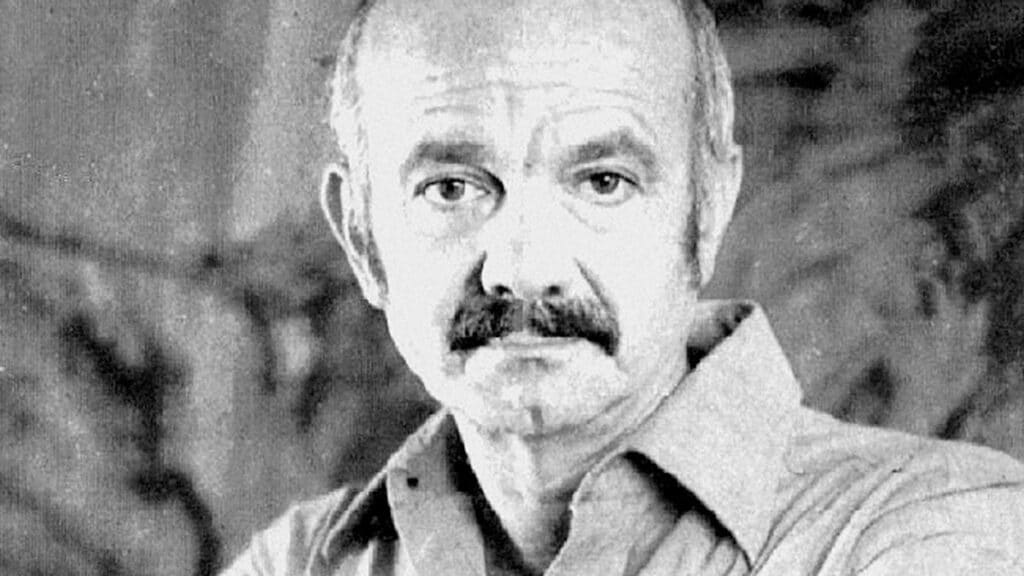Astor Piazzolla was an Argentine bandoneon player and composer who transformed traditional Argentine tango into a fusion of tango, classical music and jazz that he called “nuevo tango” (new tango).
The seeds of nuevo tango were planted in New York City and nursed in Buenos Aires and Paris.
Piazzolla wrote ‘Adios Nonino’ as an homage to his grandfather. In it you can hear strains of Stravinsky.
Astor Piazzolla, an Italian in Argentina

The grandson of Italian immigrants was born in the beach town Mar del Plata, Buenos Aires Province, Argentina on March 11, 1921.
Most Argentines and most of the great tango musicians have an Italian heritage. Tango vocals have obvious roots in Italian opera.
Astor Piazzolla in New York
In 1925 his family moved to New York and eventually settled in Greenwich Village. His father saw a bandoneon in a pawn shop and bought it for his son.
In 1933 a student of the great Russian composer Rachmaninoff taught Piazzolla to play Bach on his bandoneon. Greenwich Village, sacred ground for jazz, first exposed the young man to the American music.
Carlos Gardel met Piazzolla while making a movie in New York City in 1934. Piazzolla actually played a paper boy in ‘El día que me quieras.’ Gardel invited the talented young artist to tour with him. It’s a good thing Piazzolla’s father didn’t let his son go because Gardel died on tour when his plane crashed while landing in Medellín, Colombia.
In 1936, the family returned to Mar del Plata. Piazzolla worked in some minor Tango orchestras and moved to Buenos Aires. In 1939 he got a job in the orchestra of Anibal Troillo, one of the masters of traditional Tango.
In 1941, Arthur Rubenstein advised Piazzolla to study with Argentine classical composer Alberto Ginastera. Piazzolla sought his destiny in classical music.
Astor Piazzolla in Paris
Winning a classical music award in Buenos Aires earned Piazzolla a grant to study music in Paris with Nadia Boulanger (1887-1979). She was one of the most important women in music history, a French conductor and composer who taught legends including Aaron Copland, Leonard Bernstein, Astor Piazzolla, Philip Glass, and Quincy Jones.
At his audition, Piazzolla played a number of his classical compositions. When he played one tango, Boulanger immediately told him that is what he should pursue. While studying in Paris, the music of jazz saxophonist Gerry Mulligan caught Piazzolla’s ear. The rest is history.
Argentine’s Didn’t Accept Tango Nuevo at First
At first Argentines rejected tango nuevo, saying it wasn’t tango. Today Piazzolla’s style of tango nuevo is the dominant form of tango music.
Piazzolla died in Buenos Aires on July 4, 1992.
Of his many great compositions, ‘Oblivion’ is perhaps his most haunting. My Turkish friends Ortaç and Utku played it during the Istanbul Tango Festival once upon a time in a former queen’s palace on the Bosphorus Strait. It always reminds me of those good times and of the ephemeral nature of life, “from dust to dust.” This song gives me the chills and makes me miss my old friends.
Tango Nuevo Dancing
What dancers call “tango nuevo” is a blend of contemporary and traditional dance styles usually danced to neotango music which extends Piazzolla’s tango nuevo form into club music.
